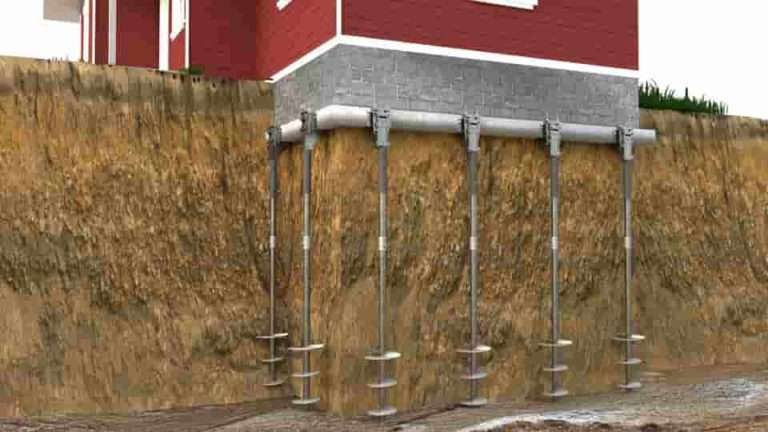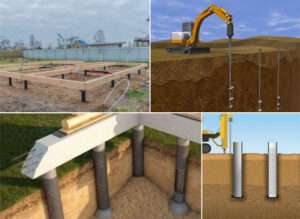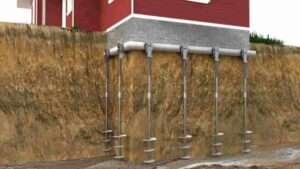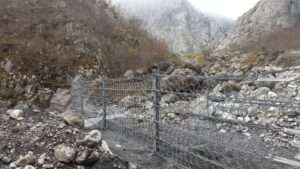In the ever-evolving field of engineering, innovations in foundation technologies are essential to address complex geotechnical challenges. Among these advancements, micro piles have emerged as a versatile and reliable solution for foundational support and soil stabilization. This article delves into the fundamentals of micro piles, their applications, and their significance in modern construction.
What Are Micro Piles?
Micro piles, also known as mini piles, are small-diameter, deep foundation elements typically less than 300 mm in diameter. Despite their slender profile, micro piles are capable of supporting substantial loads, often exceeding several hundred tons. Constructed using high-strength steel casings, reinforcement bars, and grouted in place, they are designed to transfer structural loads to deeper, more stable soil or rock strata.
Applications of Micro Piles
Micro piles have a wide range of applications, making them a preferred choice in scenarios where traditional foundation solutions are impractical. Some of their key applications include:
1.Retrofit and Rehabilitation: Ideal for strengthening existing structures, micro piles can be installed with minimal disruption to the surrounding environment.
2.Limited Access Sites: Their small size and adaptability make them suitable for projects in confined spaces or areas with restricted overhead clearance.
3.Load-Bearing Foundations: They provide robust support for new construction, especially in challenging soil conditions.
4.Seismic Retrofitting: Micro piles improve stability and resistance to seismic forces, making them valuable in earthquake-prone regions.
5.Landslide Mitigation: Used to stabilize slopes and prevent soil erosion in vulnerable areas.
Advantages of Micro Piles
The adoption of micro piles in engineering projects offers several benefits:
- Versatility: Applicable in various soil conditions, including soft clays, loose sands, and rock formations.
- Minimal Vibration: Installation methods produce low vibration levels, preserving the integrity of nearby structures.
- Rapid Installation: Faster to install compared to traditional deep foundations, reducing project timelines.
- Environmental Considerations: Require less excavation, minimizing environmental impact.
- High Load Capacity: Despite their size, micro piles provide exceptional load-bearing capabilities.
Installation Process
The installation of micro piles involves a series of steps tailored to site-specific conditions:
1.Drilling: A hole is drilled to the desired depth using specialized equipment.
2.Casing Placement: A steel casing is inserted to stabilize the borehole.
3.Reinforcement and Grouting: Reinforcement bars are positioned, and the hole is filled with grout to bond the pile with surrounding soil or rock.
4.Load Testing: Quality assurance measures, including load tests, ensure the pile meets design specifications.
Challenges and Considerations
While micro piles offer numerous advantages, engineers must address challenges such as:
- Cost: Initial costs can be higher than traditional foundations due to specialized materials and equipment.
- Design Complexity: Requires precise engineering and expertise to achieve optimal performance.
- Site Conditions: Variability in soil and rock conditions may necessitate customized solutions.
Future Outlook
As infrastructure demands grow and geotechnical challenges become more complex, the role of micro piles is set to expand. Advances in materials, installation techniques, and design methodologies will further enhance their efficiency and adaptability.
In conclusion, micro piles represent a cornerstone of modern foundation engineering. Their ability to provide robust, adaptable, and environmentally conscious solutions underscores their importance in shaping the built environment. For engineers and developers facing intricate foundation challenges, micro piles offer a pathway to success, ensuring stability and resilience in every project.







